Arno’s Outstanding Founder’s Day Winners!
Coming soon to Arno…
March 4
No events
March 5
Higgins 11:15
Unplugged Night
March 6
2nd grade field trip
Wear it Wednesday: Hat with words
March 7
Lions Assembly 9:00
Spring Pictures
PTA meeting 6:30
March 8
End of 2nd Trimester
Early Release 11:30- Teacher PD
Flashlight Friday
March 11
Ad Council 9:00
March 12
Johnson obs 10:00
March 13
PBIS meeting 7:45
Wear it Wednesday: Be a word day
March 14
Bingo for Books
March 15
Report Cards Go Home
Fundraiser Gaming Truck at Arno
Flashlight Friday
Congratulations to all of our Founder’s Day Winners!
What a wonderful event to celebrate our Founder’s Day winners at last week’s dinner to honor our own. The night even featured the musical stylings of our own Mr. Creutz! Congratulations to all of our winner on a job well done!
Business Partner: Awesome Audio Video Solutions- Tim Sisson
Support Personnel: Heather Manson
Outstanding Program: Fun Run- Tiffany Aquino
Distinguished Service Award: Julie Hegedus
Outstanding Educator: Alexandra Cervantes
Data points up!
As you can observe from the chart comparison below, grades K-3 have shown great improvement with all of the early interventions on place! The missing gaps represent those students who moved out of the tiers 2 and 3 to tier 1!
Fall 2018 Winter 2019
Have you seen the great benefits of a literacy coach?
http://drchuby.edublogs.org/
Seat Belts Buckled?
Lori Sabo
Aviation regulations stipulate that the operator of an aircraft orally brief all passengers about safety information before take-off. Whether you’ve flown once, a hundred times, or anywhere in between, you’ve undoubtedly heard the announcement about seat belts, emergency exits, oxygen masks, life vests, electronic devices, and how we are forbidden to tamper with or disable the smoke detectors in the bathroom.
I amuse myself by fantasizing that one day the flight attendant will ask each boarding passenger, “Have you ever flown before?” and if we all say, “Yes,” she’ll say, “Good. I don’t have to give the safety speech today.”
It will never happen. So, in addition to other things, be ready to hear this:
“To fasten your seat belt, place the flat end into the buckle. Adjust the strap to tighten or lengthen. To open, lift the top of the buckle and pull the belt free. It is a requirement that you wear your seat belt whenever you are seated.”
I’d be surprised if every person on the plane hadn’t been independently and successfully fastening a seat belt for years. So why do we need to hear it?
Because clear expectations lead to mutual understanding and increased performance toward the desired results.
The same benefits exist for us when we review expectations, routines, and procedures in our classrooms. It’s why you might frequently hear me say, “When we go down the hall to lunch, we will face the front, keep our hands to ourselves, and keep our voices off so we won’t distract the students who are learning.”
It’s why so many of us in this community frequently preface a Workshop round with a review of what independence will look like:
“As you go to your Workshop selection,
-
choose a spot where you will be successful,
-
get started right away,
-
work quietly the whole time, and
-
ignore distractions.”
Students may already know it. They may have heard it every week for three years. But an explicit, timely review helps to create a classroom where the expectations remain clear, the day runs more smoothly, and everyone, whether they’ve “flown” or not, knows just what it takes to be successful.
Trauma-Informed Support for Children – A Follow Up to “What Lies Beneath Behavior?”
You’ve worked through the questions in our infographic “What Lies Beneath Behavior?” and instead of judging or punishing you’ve figured out the child is just trying to do the best they can to communicate whatever pain or distress lives inside of them… “So now what do I do?” you ask. As promised, we have produced a second infographic to provide you with a step-by-step guide to a trauma-informed response.
The bad news is that there is no manualized program, no one-size fits all solution, no magic wand we can wave. Childhood trauma usually comes as the result of a breach in relationship and trust, and the best way to heal it is to rebuild those things, slowly, painstakingly and with a lot of patience.
As we say at Echo, “50% of any interaction is you.” This means unless we are willing to look at ourselves and our reactions, no tools or skills are going to work in the classroom or in any other situation where we are having challenges with a child. Let me be the first to give you some empathy around this. No one asks to be abused, ignored, accused unjustly, reviled, not given any consideration, or whatever it is that may have caused stress hormones to race around your body and possibly bring you to tears. It is quite natural to feel sadness or anger. You matter. You do. And here’s where you take a deep breath, because in an adult/child relationship there’s only one grown up, and as much as you want to lash out or run away, by definition it’s got to be you.
So having given yourself some empathy and practiced some self-soothing, now you’re ready to engage. Follow the steps in the infographic to work out a trauma-informed response, that is to say, how your heart would like you to respond when you are free of stress and your own trauma triggers. Maybe the adults around you didn’t have these tools when you were a child. It is our good fortune that we do, and our responsibility to make sure that any painful history does not repeat itself. 1) Create safety. Frankly, nothing is going to get resolved while the child still feels physically or emotionally unsafe. In the midst of the fight, flight or freeze survival response, the upper brain is not taking in your well-chosen words, nor is it capable of understanding bargaining, reason, or promise. It is not able to absorb your point-of-view or that of anyone else, so making James say he’s sorry and explain his actions, or telling Sandra that there’s no need to get upset is going to be received as just so much white noise. If the child is overwhelmed, guide them to a quiet corner or allow them to decompress by visiting the restroom. If you are in a classroom, you may have a peace corner that you’ve outfitted with blankets or a screen so that it feels like a safe place. Pulling up their hoodie and putting their head on the desk is something students do all the time to feel safe. And yet how many schools have outlawed hoodies? Let’s think about that. If a student wears a hoodie to disappear and feel safe, why would we want to make that a reason for further punishment? It’s like refusing someone water to dampen a fuse.
1) Create safety. Frankly, nothing is going to get resolved while the child still feels physically or emotionally unsafe. In the midst of the fight, flight or freeze survival response, the upper brain is not taking in your well-chosen words, nor is it capable of understanding bargaining, reason, or promise. It is not able to absorb your point-of-view or that of anyone else, so making James say he’s sorry and explain his actions, or telling Sandra that there’s no need to get upset is going to be received as just so much white noise. If the child is overwhelmed, guide them to a quiet corner or allow them to decompress by visiting the restroom. If you are in a classroom, you may have a peace corner that you’ve outfitted with blankets or a screen so that it feels like a safe place. Pulling up their hoodie and putting their head on the desk is something students do all the time to feel safe. And yet how many schools have outlawed hoodies? Let’s think about that. If a student wears a hoodie to disappear and feel safe, why would we want to make that a reason for further punishment? It’s like refusing someone water to dampen a fuse.
2) Regulate the nervous system. Stress brings a predictable pattern of physiological responses and anyone who has suffered toxic stress or trauma is going to be quickly stressed into hyperarousal (explosive, jittery, irritable) or hypoarousal (depressed, withdrawn, zombie-like). A large portion of our trainings are devoted to giving examples of regulation strategies for the nervous system but the truth of the matter is that no matter how ingenious our solves, how artsy-crafty we get with tools, the child has to find what works for them. Sometimes it’s as simple as a squeeze ball or being sent on an errand to the kindly lady in the office.
3) Build a connected relationship. This is the number one way to regulate the nervous system. When we are around people we care about, our bodies produce oxytocin, which is the hormone responsible for calming our nervous system after stress. As a parent, we learn that staying connected to our child is much more important than getting them to acknowledge fault or determining who bears the greater grievance. If we stay connected, then eventually the calm discussion of each person’s feelings and needs can take place. It is also true for teachers and their students, only teachers may have a lot more work to do to convince their students that they care. Perhaps there has never been a trustworthy adult in this child’s life. Perhaps the student doesn’t want to bond with you because then they will feel the hurt of separation at the end of the year. However, most children have an uncanny ability to look into your eyes and know if you’re ‘for real.’ If you cultivate loving kindness it will show.
4) Support development of coherent narrative. When we have experienced trauma, the left and right hemispheres of the brain have a hard time communicating with each other. A sense of yourself in time and images (right hemisphere) become disconnected from logical sequential thought and language (left hemisphere). The end result is that there are a lot of powerful, chaotic images in your head and no ability to make sense of them. If a child can make sense of his or her history, then it can be integrated and eventually put to bed. Creating predictability through structure, routines and the presence of reliable adults helps reduce the chaos a child may feel and allows them to start creating the kind of logical sequential connections that not only help them understand their own narrative, but are also the fundamental requirement of many types of learning. Imagine doing algebra or constructing a sentence when drunk. That’s what it’s like for a child whose brain has been affected by complex trauma..
5) Practice ‘power-with’ strategies (empowerment, collaboration, choice and voice). In addition to getting hurt, emotionally or physically, one of the hallmarks of trauma is that you were unable to defend yourself – that is, you suffered a loss of power and control. Any situation where you find yourself back in that place of helplessness or on the receiving end of someone wielding power with no regard to your thoughts or feelings in the matter, you may become activated and the toxic shame of the original trauma may come flooding back. Adolescents are often so sensitized to any perceived ‘disrespect’ it occupies their whole consciousness. If we have power (and as adults invariably we do) then it is our job to use it well. How would you like to be treated by your boss? Would you like to be consulted about decisions that affect you? Have input into shaping the environment you work in? Would you like a boss who is compassionate and gives you the benefit of the doubt? Of course you would! And if you don’t have this it’s because your boss never experienced it growing up. If we model ‘power-with’ relationships with children it’s our best chance of creating adults who will treat others with dignity and respect.
6) Build social emotional and resiliency skills. Trauma robs us of time spent developing social and emotional skills. The brain is too occupied with survival to devote much of its energy to learning how to build relationships and it’s a good chance we didn’t see those skills modeled for us. Learning to care for one another is the most important job we have growing up and yet there are many children who are living in a bunker built for their protection and have not the faintest idea how to get out. Resiliency is often equated with hope – the kind of hope you have when someone somewhere made you feel worthy of love. As we are confronted with challenging behaviors in the classroom, it can be overwhelming to realize that our level of compassion, our willingness to see the good in a child, our modeling of a safe, stable nurturing relationship, may be all the difference between a child who hopes and knows love and the child who goes on to hate himself and the world he lives in.
7) Foster post-traumatic growth. We know that there are qualities and skills that allow people to overcome the most devastating trauma and not just survive but find new meaning and purpose in their lives. We have classes full of these people if we can help students tap into their latent strengths. Problem solving, planning, maintaining focus despite discomfort, self-control and seeking support are all known to lead to post-traumatic growth and these are skills teachers are in a very good place to impart. The saddest situation is when we send a child back to a difficult home life at the end of each day. Even then we can help them build a perception of secondary control – if a child cannot control the circumstances of her life, then she can at least have some control over her reaction to them. Telling the story through art or journaling is taking control over your own story; it also helps lessen the confusion (establishes coherent narrative) and can begin to take away some of the sting. We can offer stories of how other people have come to terms with trauma, in the knowledge that positive reinterpretation and acceptance are important predictors of post-traumatic growth. Optimism is the best coat of armor a child can wear into the future and we can build that through our ‘positive regard,’ which maintains a steadfast belief that the child is doing their very best despite overwhelming circumstances and that they deserve a bright and expansive life, no matter how dark and constricted their past.
Responding to a child’s behavior in a trauma-informed way takes lots of empathy for yourself and the child, much biting of the tongue, and patience that borders on sainthood. The process is wonderfully human and defies the kind of tidy codification we’ve attempted here. The best expert is the compassionate heart – all the rest will follow.
From the PTA
Happy Reading Month!!!
Our next PTA Meeting is on March 7 at 630pm and we can’t wait to see everyone! Arno teachers/staff will be presenting Funding Proposals during our meeting. Please join us to learn more about what will be on the ballot during our April meeting. We will also have plenty of updates since our last meeting was cancelled due to weather/school closing.
Spring fever is coming up on March 9th at the Allen Park High School, from 9am-3pm. Spring Fever includes a great mom2mom sale, multiple vendors, concessions, Bake Sale and silent auction.
Arno PTA is chairing the silent auction and would love to have your support!!! We are still in need of Spring fever volunteers to work the silent auction, each volunteer block is 2 hours. The sign up genius link for this is https://www.signupgenius.com/go/60b094faba723abf85-spring1
A BIG thank you to all of the teachers, staff and parents for contributing to the themed baskets for the silent auction!!! Thanks to all of you, the Arno family will be donating the following themed baskets for the silent auction: Coffee, Taste of Italy, Games, Movies(2), Arts & Crafts, Chocolate and Michigan.
If you are interested in an executive board position please email us at ARNOPTA@gmail.com.
Tech Corner
Rewordify: This user-friendly website allows you to adjust the reading level of a text. All you need to do is copy the webpage URL of the text you want to adjust and paste it into the yellow box at the top of the site, then click “Rewordify text.” Rewordify will simplify the text to the reading level you selected in the settings. If you don’t want the whole page to be Rewordified, you can copy, paste, and Rewordify text excerpts as well. You also can change how the text is displayed. My favorite part of the tool is to have simpler words displayed next to the challenging words that were in the original text. Finally, if you click on the “Print/Learning Activities” page, Rewordify will create vocabulary lists with definitions from the text, generate vocabulary quizzes for the text, and create close activities for the text. With this website, you can make more challenging texts accessible to all students.
INSERTLEARNING
With this tool, you can basically take any page on the Internet and turn it into a lesson. Suppose you find a great article from The Guardian that you’d like students to read, but you’d also like to ask them a few questions about it, add a bit of commentary of your own, and insert a related video. With InsertLearning, you can do all of that right on the article.
InsertLearning, formerly called DocentEDU, is an extension you add to your Chrome browser. Once it’s there, turning any web page into a lesson can be done in minutes. You start with a web page of any kind, then highlight text, add notes, and embed your own questions—either multiple-choice or open-ended—that students answer right on the page. You can also embed other content like YouTube videos, ThingLink images, flashcards from Quizlet, mind maps from Coggle, even videos you record straight from your webcam.
Once an InsertLearning lesson is created, you assign it to classes of students with a special code or through Google Classroom, and student responses are sent to a teacher dashboard, where you can grade them right inside the app. You can also share lessons with other teachers, so they can copy and edit them for their own use.
I think we’re getting beyond the point where we count on one platform to do everything for us. Instead, teachers are probably better off using different tools depending on what best fits the learning goals at any given time. A tool like InsertLearning would be a fantastic addition to your collection of resources for creating engaging, dynamic lessons.





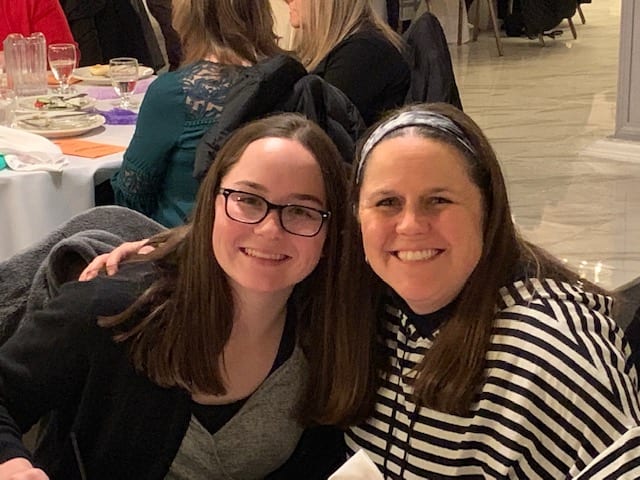
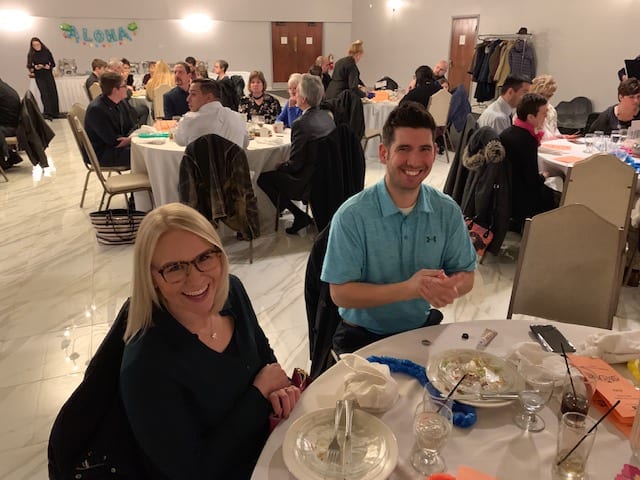
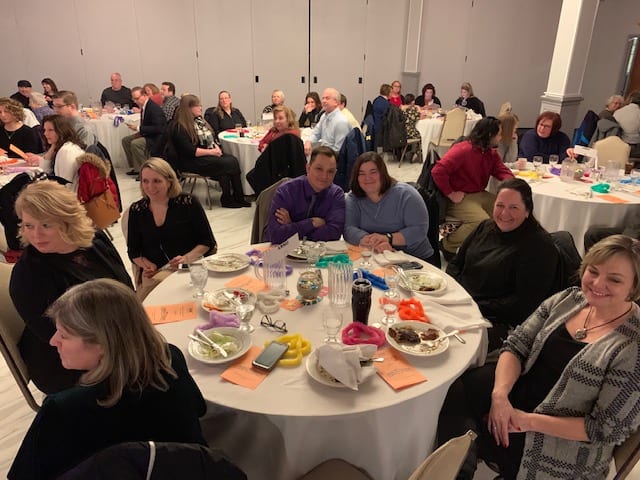
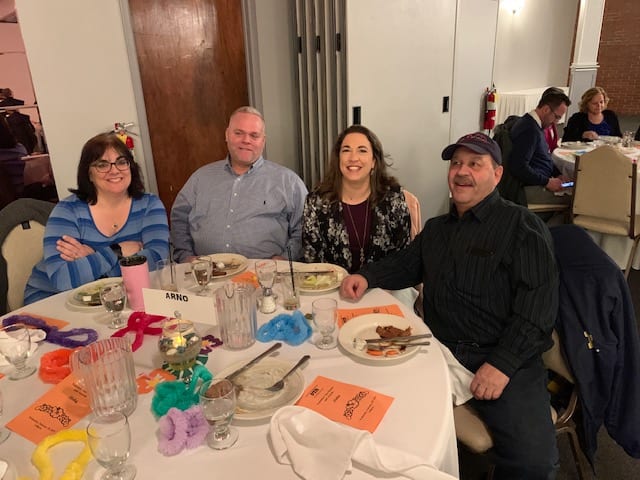


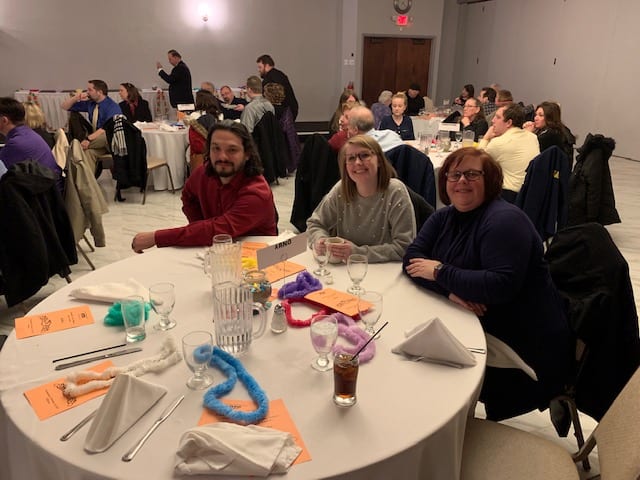








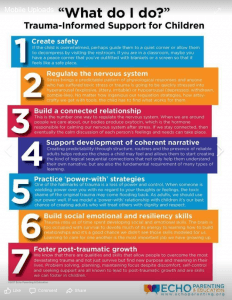
Top 10 Echo is one of the best product review-based sites where you can get cheap and qualitative products. Get a discount before anyone else!